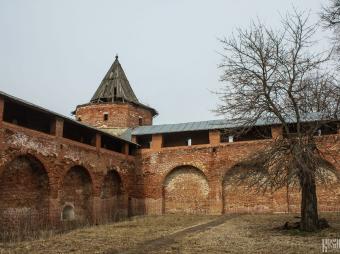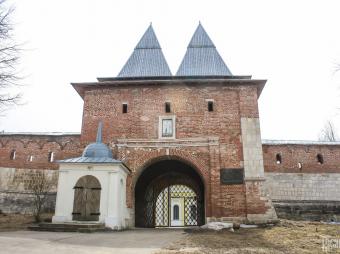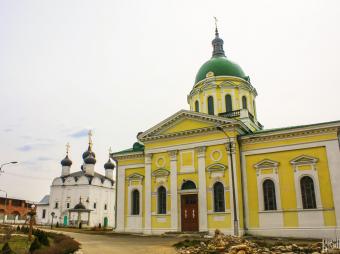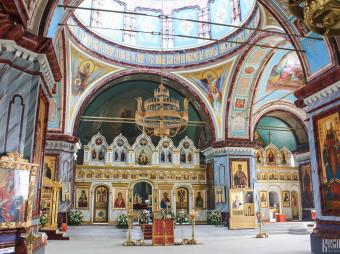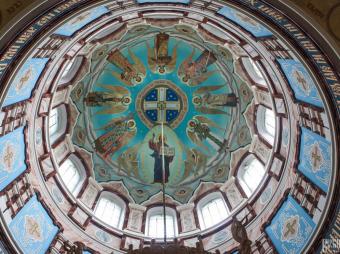Around the City
Zaraisk Kremlin

After Zaraisk (or Nogorodok as it was then known) became part of the Principality of Moscow, Grand Prince Vasili III ordered the construction of a stone kremlin here to protect Moscow's borders as part of the Great Abatis Border. The kremlin was built between 1528 and 1531 and probably involved Italian architects who were working in Russia at that time. Throughout the rest of the 16th century the Kremlin was put to the test during frequent Crimean Tatar raids. The kremlin is rather simple in both form – a rectangle with seven towers - and in terms of what is inside – two churches and a few other buildings. But despite its simplicity it is still impressive and it is definitely worth walking around both inside and outside.
St Nicholas' Cathedral
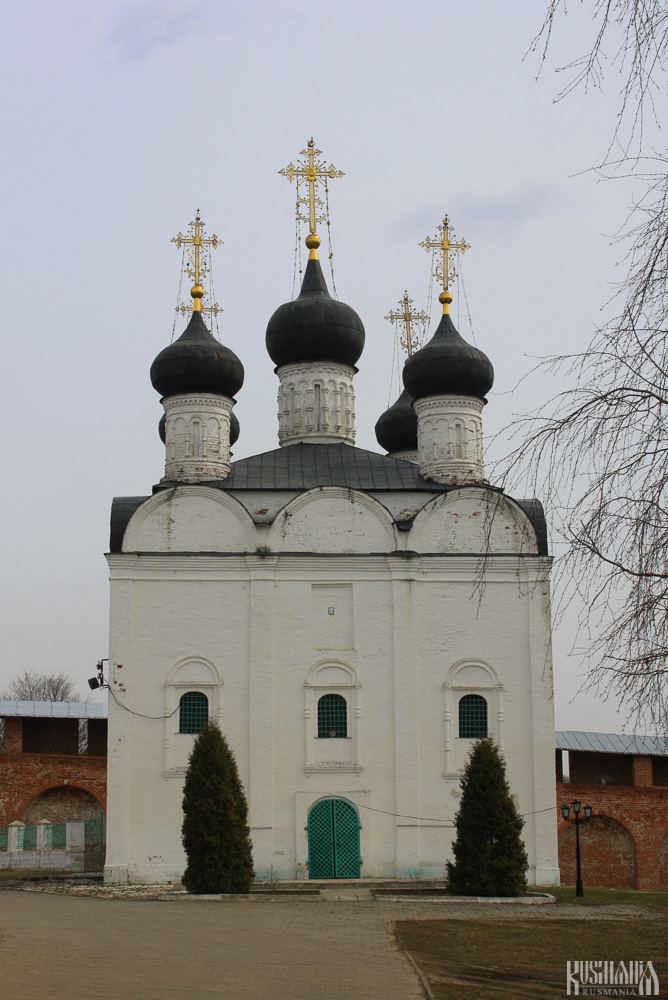
Zaraisk's main cathedral is St Nicholas' Cathedral located inside the Kremlin. The original version was built in wood in 1225 to house the Icon of St Nicholas which later became known as the Icon of St Nicholas Zaraisky. This was later replaced on the orders of Tsar Feodor II who decided the much-revered icon deserved a more fitting home. The white-stone cathedral is topped with five black domes and inside is decorated with a three-tier iconostasis. During the Soviet-era the cathedral was closed and the Icon of St Nicholas Zaraisky was transferred to Moscow's Andrey Rublev Central Museum of Ancient Culture and Art. The cathedral has since been reopened and returned to the Church, but the icon only returns on special religious processions.
St John the Baptist's Church
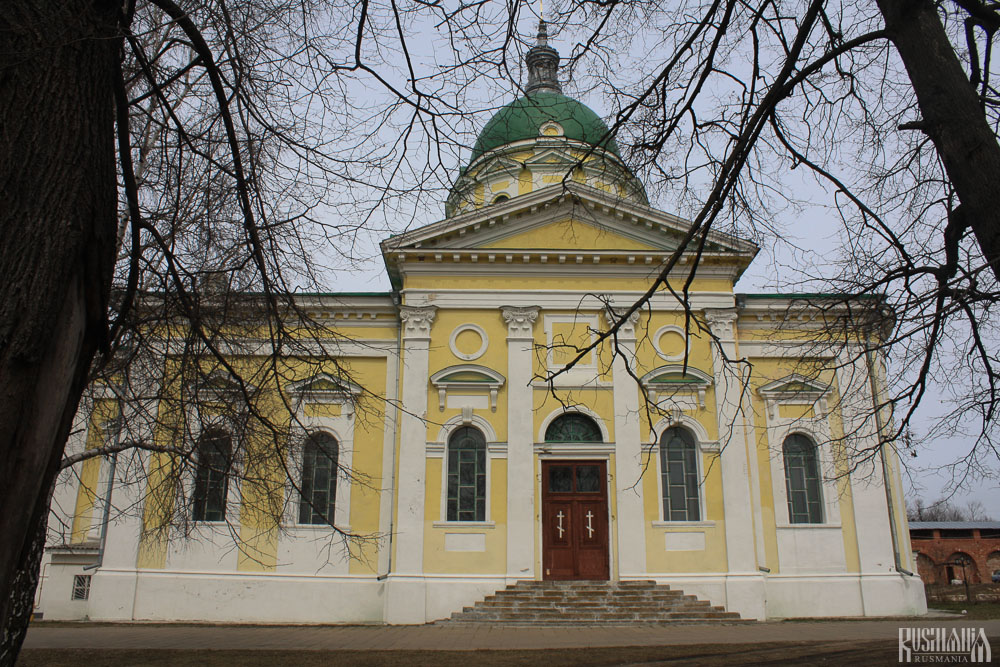
There have been several churches dedicated to St John the Baptist in the Kremlin. The first was built in the 13th century over the graves of Prince Fyodor, his wife Yevpraksia and their son Ivan. This was replaced in the mid-16th century by Tsar Ivan the Terrible, which in turn was replaced in the 18th century. The current incarnation was built between 1901 and 1904 in a neo-classical style comprising of four pillars, three apses and a large green central dome. During the Soviet-era the church was used as a cinema, but is has since been returned to the Orthodox Church. Inside, it has been restored and decorated with colourful frescoes and an iconostasis.
| Location | Ploschad Revolyutsi (Ploschad Pozharskogo) |
|---|---|
| Website | http://museumzaraysk.ru/ |

 History
History
